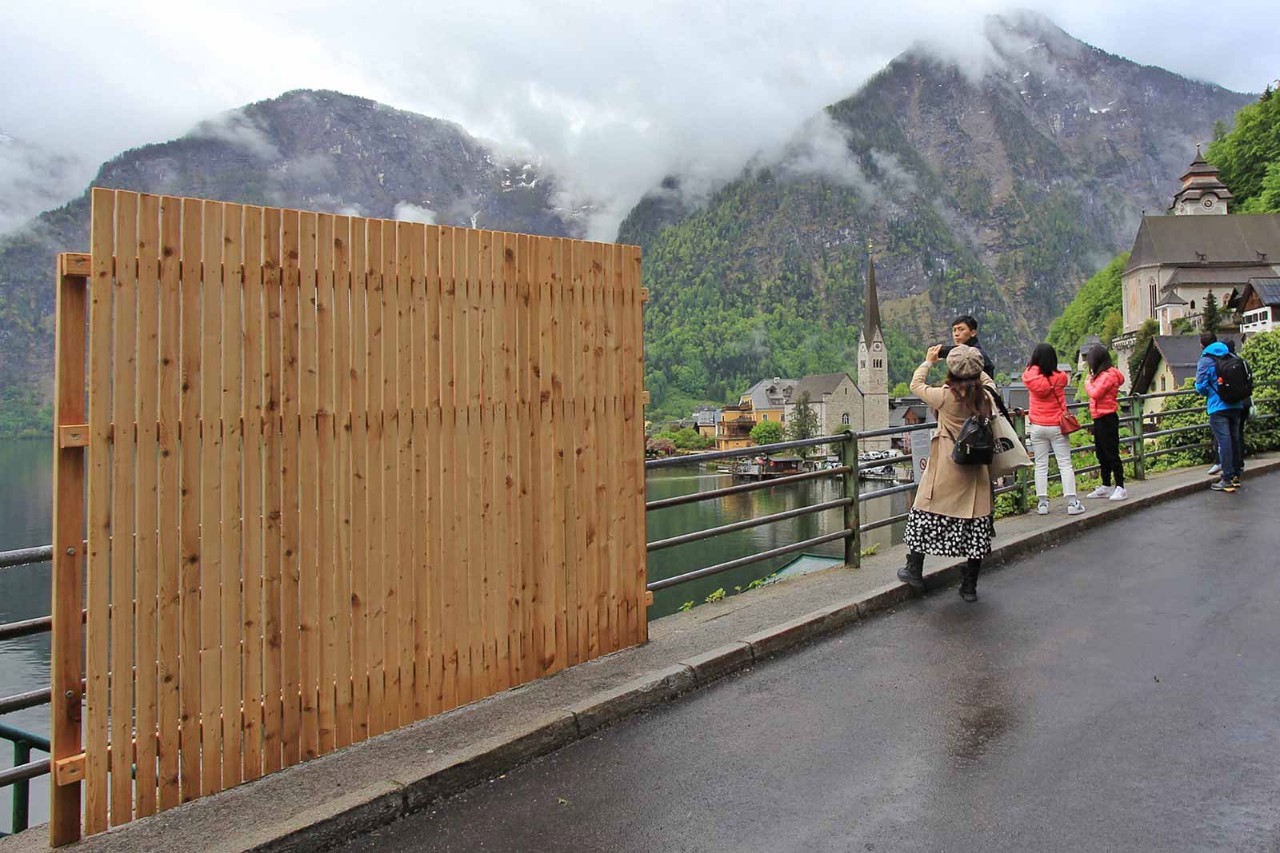
When Lok Hari Luintel started his career at Nepal Electricity Authority (NEA), in 2011, less than 55% of the population had access to electricity. ‘Power outages occurred for up to 18 hours every day, crippling daily life and hampering economic progress,’ Luintel says.
Today, it’s a very different story, with blackouts just a bad memory, and the utility looking to expand. ‘Almost 98% of households are connected to the grid, with new hydroelectricity power plants being rolled out and advances in more efficient cross-border electricity trade,’ he says.
India and Bangladesh represent a big market for clean energy exports

Green growth
As deputy managing director (finance) at NEA, Nepal’s sole public sector institution for power transmission and distribution, Luintel heads the finance directorate of a utility lauded for improving the lives of millions domestically and emerging as a regional leader in green energy production.
Along with a consumer shift towards induction cooking and electric vehicles, there has been a marked increase in industrial power consumption in Nepal, while NEA has invested heavily in renewables. Luintel says that energy-hungry neighbours India and Bangladesh represent a big potential market for clean energy exports. Energy trading with India is already a significant driver of revenue, and Nepal is now looking to become a net exporter of electricity by 2025.
To fully capitalise on the economic potential of energy exports, he says, Nepal will need to invest huge resources into cross-border transmission infrastructure.
‘Nepal is currently generating merely 3,000 MW of hydroelectricity but it has the huge potentiality for generation up to 50,000 MW,’ he says. ‘I feel excited to be a part of such vital, progressive and dynamic sector in my country.’
Finance central
After his initial appointment to NEA as joint director, Luintel progressed through different roles leading to his latest promotion in 2020. The directorate he leads is responsible for NEA’s overall financial, accounting and audit functions, as well as revenue administration, budgetary control, treasury management and financial planning, control and monitoring, all of which inform decision-making at the corporate level.
‘NEA’s financial statements show an asset size of US$4.43bn and annual turnover of US$1.14bn approximately,’ he says. ‘The 1,465 staff in my directorate work in more than 300 separate accounting centres, with each submitting its financial reports to the central accounts department where financial statements are prepared.’
Reporting directly to the managing director, Luintel’s responsibilities also involve dealing with stakeholder agencies related to financial and accounting matters of national importance. The corporate finance department and the accounts department report to him for their functional areas of businesses.
‘I envisaged myself as a role model not only for my family but also my remote village’
The way up
Luintel was motivated to work in public service ‘since my early days’, and envisaged himself as a role model ‘not only for my family but also in my remote village’.
CV
2011–present
Joint director (accounts), then director (accounts), then deputy managing director (finance), Nepal Electricity Authority
1999–2011
Assistant account officer, then account officer, Nepal Telecom
1998
Assistant administrative officer, National Planning Commission, Nepal
But life can sometimes get in the way of the best laid plans. Although he enrolled for an accounting qualification after leaving school, family circumstances forced him to drop out mid-course and get a job. During the 12 years he spent with Nepal Telecom, he completed an MBA part-time while still nurturing dreams of a career as a professional accountant.
A colleague suggested ACCA’s qualification, and Luintel was impressed by the flexibility of its studies and examinations ‘where I did not have to compromise my existing job’.
Even before completing his ACCA qualification he had joined NEA as joint director (finance). ‘It was a much higher position than I’d held before,’ he says. He credits ACCA with making him resourceful and competent enough to ultimately progress to the role of deputy managing director of the largest public sector undertaking in the country.
‘We finalised our audit within the statutory timeline – a first in NEA’s history’
Audit first
The role is a challenging one. ‘Centralisation of revenue billing accounts and inventory management, along with timely audit, preparation and publishing of the consolidated financial statements, are areas where there is a huge scope for improvement,’ he says. ‘I feel proud that under my leadership, we were able to complete the latest financial statements’ consolidation and audit finalisation within the stipulated statutory timeline – a first in the history of NEA.’
It is an achievement that is due in part to the digital transformation of the organisation, where Luintel has played a leading role. A revenue management system that will integrate revenue and billing system centrally is also being implemented and should be operational for the next financial year.
His work has required close interaction with international agencies such as the World Bank and Asian Development Bank, and, as a member of the board of eight NEA subsidiaries, he is heavily involved with businesses at different stages of hydroelectricity generation, transmission and operation.
Look ahead
Based in Kathmandu with his wife and two sons, Luintel spends his free-time with his family, watching football and cricket, cooking and travelling. Enjoying all that life has to offer, he says, is part of the eastern philosophy known as moksha: freedom from physical, mental, emotional and spiritual baggage.
Next year, at the age of 50, Luintel will reach the five-year tenure limit for deputy managing directors in NEA. This will mean a time of change yet the next phase in his career journey is something that Luintel is looking forward to. ‘I hope my skills and experiences will be valuable assets to leverage,’ he says.
Nepal Electricity Authority
1985
NEA created from a merger of various public sector organisations
20
Power plants in operation (18 hydro-electric, two thermal)
8,500
Total workforce
10,693
Total domestic consumption in GWh for the financial year 2022/23, a year-on-year rise of 14.5%
5.13m
Total number of consumers


